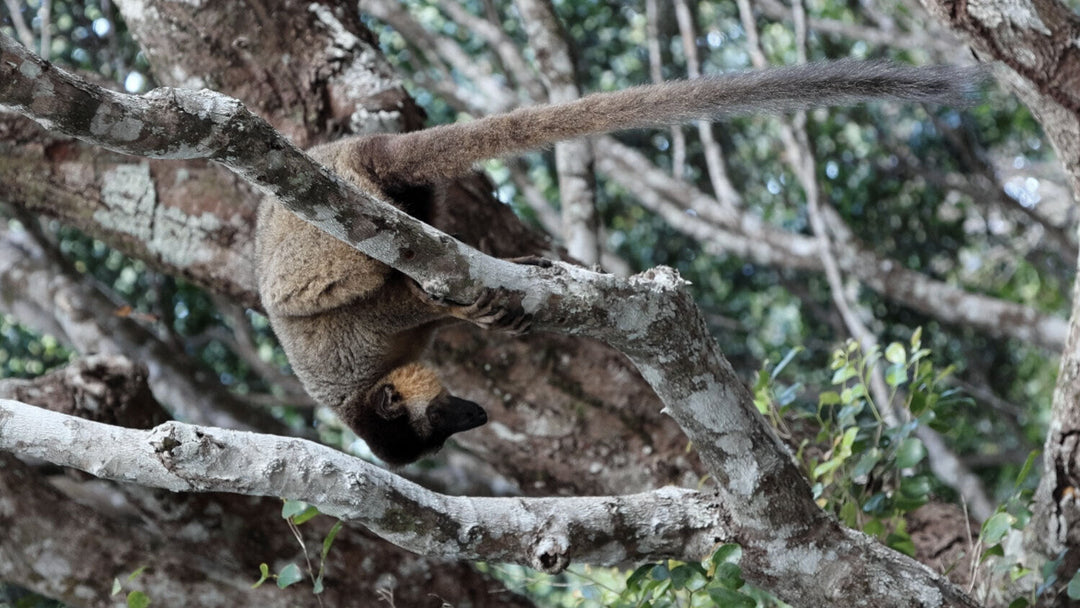Pulsar Axion 2 XG35 colour palettes, zoom and audio demo
What’s it like to use the Pulsar Axion 2 XG35 in the field?
In this video we showcase the Axion 2 XG35’s colour palettes, audio quality and zoom options. These features help to make this a flexible thermal imaging camera for a variety of wildlife watching scenarios, from tiny bats to big red stags.
Useful Colour Palettes
The Pulsar Axion 2 XG35 thermal imaging camera features 8 colour palettes that lend well to different tasks. For example, the White Hot and Black Hot settings show the greatest contrast between objects and animals in the field of view – so these are often the go to settings for quick wildlife detection. However, modes such as Rainbow and Ultramarine can help identifying species once detected, and the Sepia and Violet modes provide some eye relief when observing for long periods during night-time.
Good Audio Quality
The Axion 2 XG35 features good quality audio recording, as our noisy geese demonstrate in the video! Note that audio can be switched on and off in the settings.
Flexible Zoom Options
The Axion 2 XG35 features a range of useful zoom options. ‘Picture-in-picture’ (PiP) mode adds a zoomed in window within the field of view. This is helpful when pinpointing smaller or distant wildlife. The base zoom of 2.5x is great in most scenarios and we find the 5x zoom can be useful too. 10x and 20x zoom start to become quite pixelated. As with most thermal imagers currently available – this one included, the zoom is digital and not optical.

Pulsar Axion 2 XG35
A Popular Thermal Camera for Wildlife Conservation
The Pulsar Axion 2 XG35 has proven to be a popular thermal imaging camera for wildlife conservation as it works well in a variety of scenarios. The large, sensitive thermal sensor (640 x 480 pixels, <40mK NETD) means that it can detect a 1.8m high object out to 1750m under good weather conditions (e.g. not raining, relatively low humidity). Coupled with a moderately wide lens (F35 / 1.0), it works well for closer range work too, taking in a relatively large field of view. It can detect a red deer out to approximately 1400m, a roe deer at 550m, a badger at 250m and a pipistrelle bat out to 30m.
Sample Footage from the Pulsar Axion 2 XG35
Learn More About Thermal Imaging...
If you’re new to thermal imaging, check out our guide to the pros and cons of thermal imaging for wildlife conservation and also our thermal imaging specifications guide.
For bat ecologists, check out our ‘Everything you need to know’ guide for bat surveys and thermal imagers, and also see our guide to choosing a thermal imaging camera for bat work.


